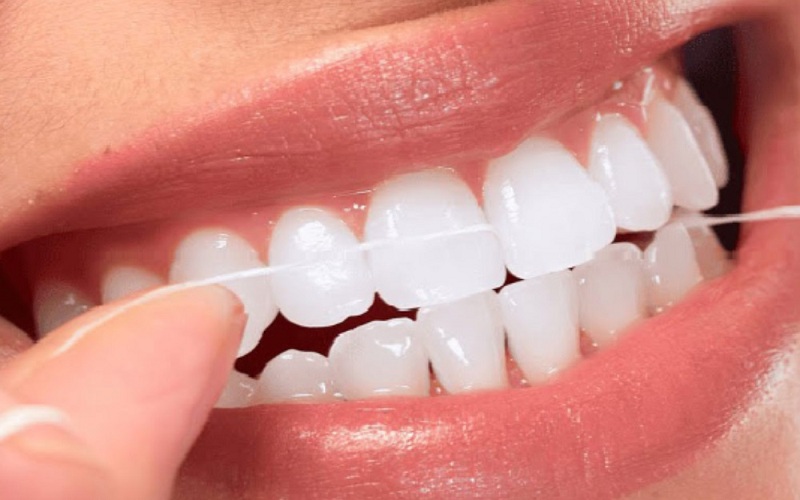Periodontal disease, also known as gum disease, is a chronic bacterial infection that affects the gums and bone supporting the teeth. If left untreated, it can lead to tooth loss and has been linked to various systemic diseases. In this article, we will discuss the diagnosis, treatment, and maintenance of periodontal disease offered by the family dentistry Oshawa Oshawa dentist, and their expert team of periodontists.
Periodontal disease diagnosis
Diagnosis of periodontal disease involves a comprehensive dental examination, including:
- Medical history review: Assessing overall health and risk factors.
- Visual examination: Checking for signs of inflammation, bleeding, and recession.
- Periodontal probing: Measuring the depth of gum pockets using a periodontal probe.
- Radiographs (X-rays): Assessing bone loss and checking for signs of periodontal disease.
- Gum recession measurement: Measuring the extent of gum recession.
- Tooth mobility assessment: Checking for loose teeth.
- Furcation involvement: Checking for bone loss between roots of multi-rooted teeth.
- Bleeding on probing (BOP): Checking for bleeding when probing gum pockets.
- Periodontal disease classification: Classifying the disease as gingivitis, chronic periodontitis, aggressive periodontitis, or periodontitis as a manifestation of systemic diseases.
- Risk assessment: Assessing risk factors such as smoking, diabetes, and genetics.
A comprehensive diagnosis helps dentists develop an effective treatment plan and monitor the disease’s progression.
Treatment for periodontal disease
Treatment of periodontal disease depends on the severity and extent of the disease. Options include:
Non-surgical treatment
- Scaling and root planing (SRP): Removing plaque and tartar from teeth and roots.
- Antibiotic therapy: Controlling bacterial growth with antibiotics.
- Host modulation therapy: Regulating the body’s response to inflammation.
Surgical treatment
- Pocket reduction surgery: Reducing gum pockets to prevent further bacterial growth.
- Bone grafting: Rebuilding lost bone tissue.
- Soft tissue grafting: Rebuilding lost gum tissue.
- Regenerative procedures: Stimulating tissue regeneration.
Laser treatment
- Laser scaling: Removing plaque and tartar with a laser.
- Laser decontamination: Reducing bacterial load.
Advanced treatments
- Enzyme suppression: Reducing enzymes that contribute to tissue destruction.
- Growth factor therapy: Stimulating tissue regeneration.
- Tissue engineering: Regenerating lost tissue.
Treatment goals include:
- Stopping disease progression
- Reducing inflammation
- Preventing tooth loss
- Improving oral health
- Enhancing overall health
A personalized treatment plan helps ensure the effective management of the periodontal disease.
Maintenance post-treatment for periodontal disease
Maintenance of periodontal disease involves regular monitoring and treatment to prevent recurrence and progression. This includes:
- Regular dental cleanings: Every 3-6 months to remove plaque and tartar.
- Good oral hygiene: Brushing and flossing daily to prevent plaque buildup.
- Monitoring: Regular check-ups to assess gum health and detect early signs of disease recurrence.
- Adjustments to treatment plan: As needed, based on disease progression or changes in oral health.
- Patient education: Ongoing education on oral hygiene, diet, and lifestyle habits to support periodontal health.
- Risk factor management: Managing risk factors such as smoking, diabetes, and stress.
- Supportive periodontal therapy (SPT): Regular maintenance therapy to prevent disease recurrence.
- Gum recession monitoring: Regular monitoring of gum recession to prevent further recession.
- Bone loss monitoring: Regular monitoring of bone loss to prevent further bone loss.
- Systemic health monitoring: Monitoring systemic health to prevent periodontal disease progression.
By following a maintenance plan, you can:
- Prevent disease recurrence
- Maintain oral health
- Prevent tooth loss
- Support overall health
Regular maintenance is crucial to managing periodontal disease and preventing its progression.
Bottom line
Periodontal disease is a progressive destruction of the soft tissues surrounding the teeth, namely the gums. Untreated cases can even spread the infection to the underlying jawbone, compromising oral health, form, and function, and stability of the teeth. However, it is a treatable and preventable condition. Early diagnosis and treatment can help prevent tooth loss and systemic complications. Regular maintenance and good oral hygiene practices are essential to prevent recurrence. By understanding the diagnosis, treatment, and maintenance of periodontal disease, individuals can take control of their oral health and prevent this chronic condition.





